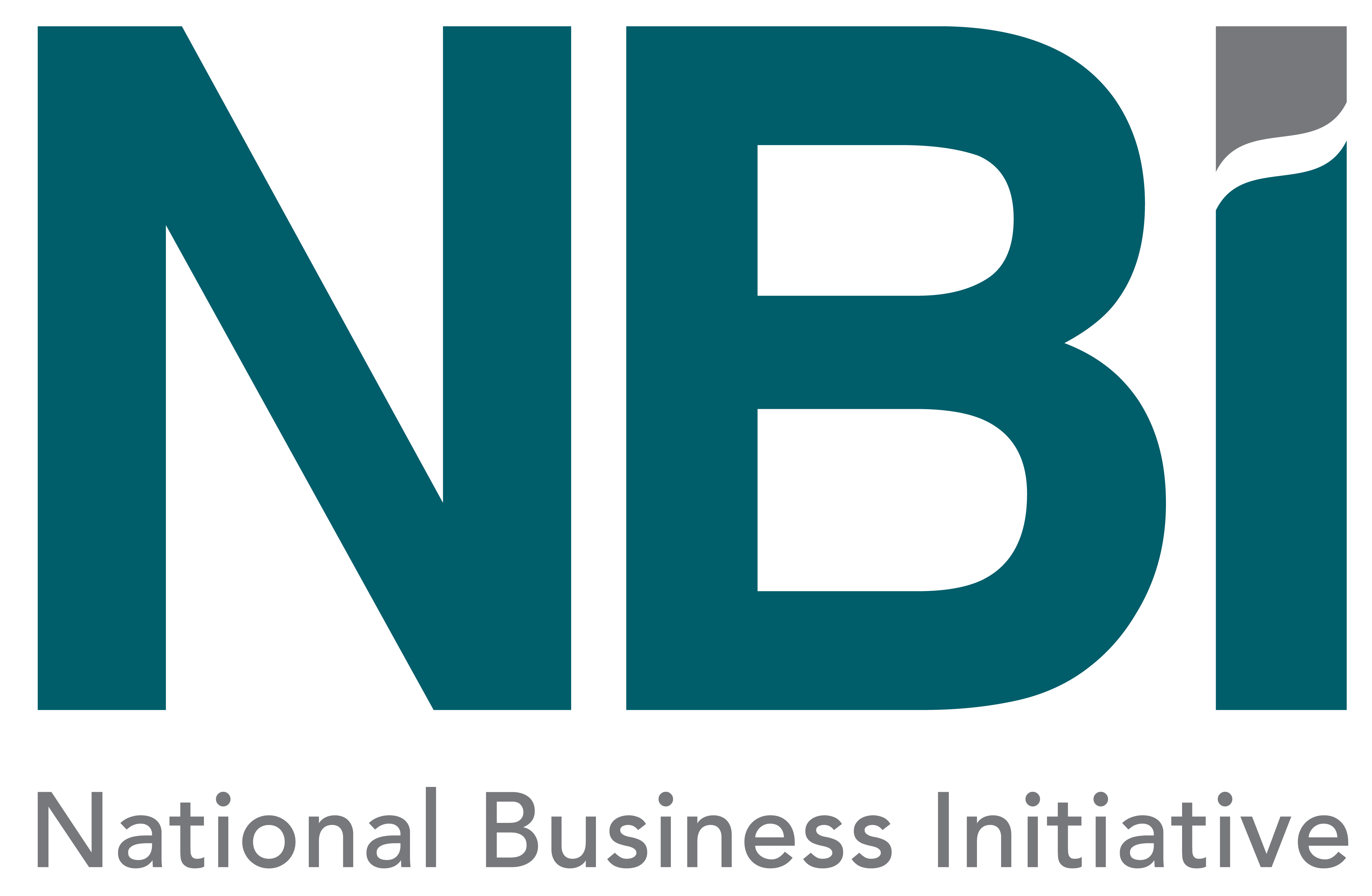About the green economy
A green economy is a sustainable and environmentally friendly economic system that reduces harm to the planet while meeting the needs of current and future generations. It seeks to balance economic growth with environmental protection and resource conservation. This approach is crucial for addressing pressing global challenges, including changing weather patterns and biodiversity loss.










